
How to design state machines for microservices
Design better state machines for microservices. Learn how to use the stateswitch Go lib to organize state transition logic and APIs to expose service states.

Design better state machines for microservices. Learn how to use the stateswitch Go lib to organize state transition logic and APIs to expose service states.
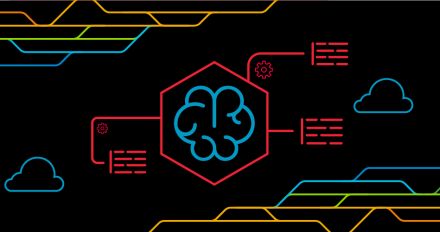
Watch this demo by Red Hat Principal Software Engineer Chris Chase on how to build and deploy an object detection model within an intelligent application.

Pull data without duplicating it into a Jupyter notebook using Starburst Galaxy, a fully managed data platform built on Red Hat OpenShift Data Science.

Find out what's new with cloud-native edge computing, using containers for edge workloads, and what to expect from WebAssembly and the Wasi runtime.

Spread the OVS-DPDK datapath workload across multiple cores with the group assignment type. Use it with PMD's load balance feature to improve OVS-DPDK scaling.

Discover how runtime profiling in OpenJDK's HotSpot JVM improves speculation and contributes to optimization in this Red Hat guide with illustrated benefits.

Learn how to use a build pipeline for building and storing application images. Includes Container Certification requirements, tagging, and compliance.
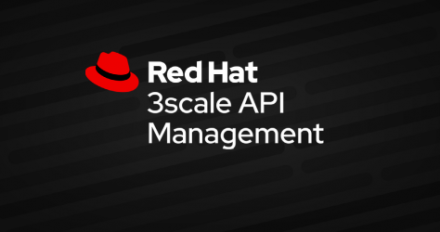
Lower the HTTP latencies of an Envoy proxy by using an authorization cache to reduce traffic. Design filter and singleton services and interact with 3scale API.
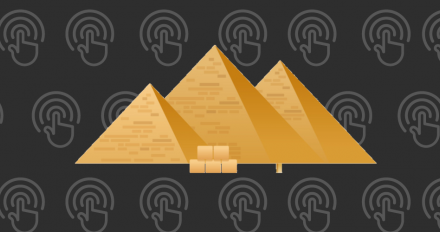
Customize Python dependency resolution with Project Thoth, a cloud service based on reinforcement learning. Use its pluggable interface to make adjustments.

Understand persistent volume and various storage and access types. Learn to use Red Hat OpenShift Data Foundation to get persistent storage for your apps.

Get hands-on resources for building machine learning models using Red Hat OpenShift Data Science. Learn how to use NLP, Jupyter notebooks, and more.
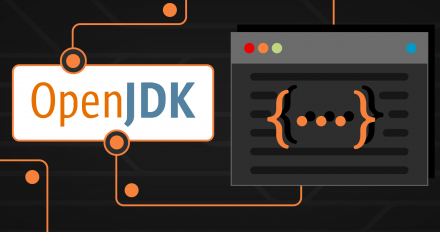
Find out how to use JMC agent plugin to monitor the performance of a running JVM by adding custom JFR events without stopping or rebuilding the Java app.
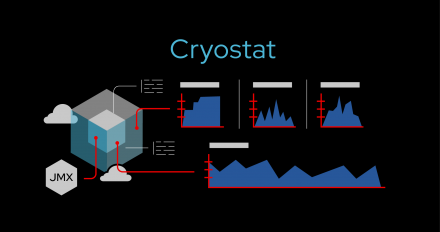
Learn how to use Red Hat OpenShift ConfigMap to preconfigure custom event templates in Cryostat 2.0. Discover how to add a ConfigMap to the Cryostat Operator.
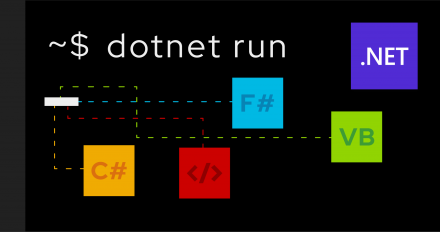
Discover the versatility and power of .NET 6 and the modern programming languages that help developers build high-quality applications easily and efficiently.

Profile your Java apps in production on Red Hat OpenShift with Cryostat | DevNation Tech Talk

Explore Dockerfile best practices for building secure, scalable universal application images that run well in Kubernetes and OpenShift.
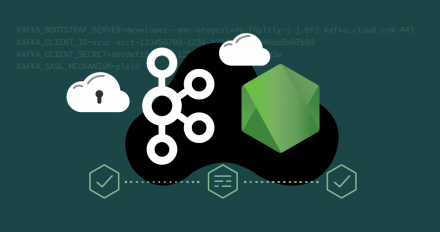
Learn a secure and easy approach to Apache Kafka credential management with Node.js when building reactive applications with Red Hat OpenShift.

Get the latest news from the Apache Kafka developer community, including new milestones for Kafka 3.1.0, Debezium 1.7, Strimzi 0.26.0, and more.
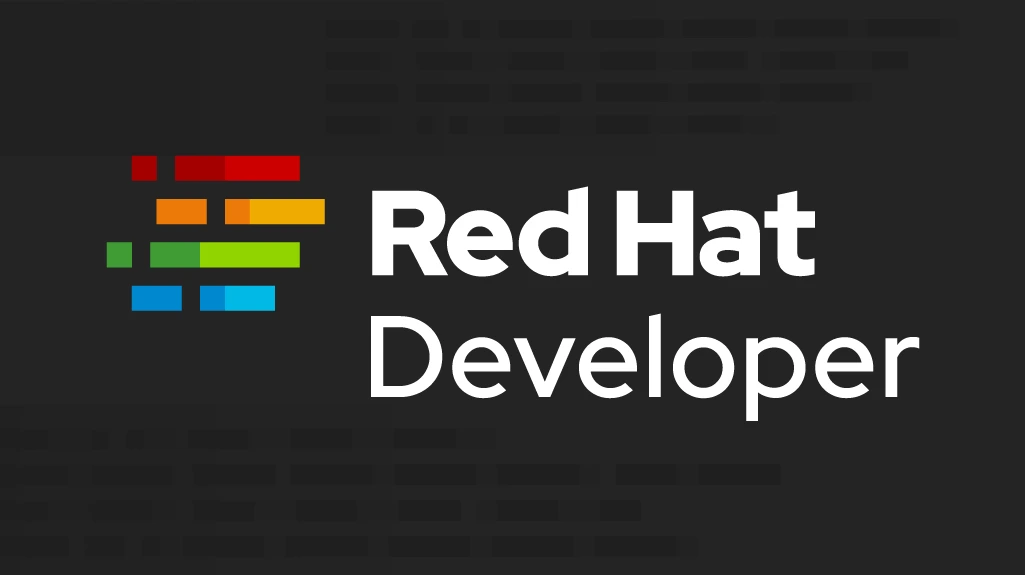

Improve security by using biometric data for user authentication. Configure Red Hat SSO to use WebAuthn and deploy test client for biometric authentication.

Use Cryostat 2.0, a container-native JVM application, to automate JDK Flight Recorder. Read all five articles in this Red Hat Developer series for more details.
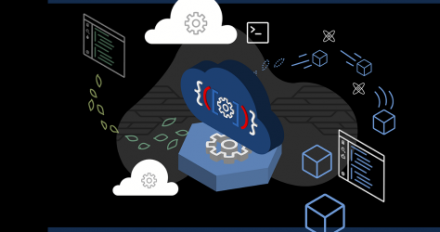
Learn how Quarkus enables test-driven development (TDD) with built-in continuous testing, where tests run immediately after code changes are saved.
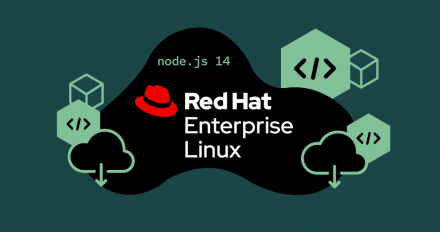
Optimize runtime images with UBI minimal images. Learn how to deploy a Node.js minimal image through a Dockerfile and a Source-to-Image chained build.

Kafka at the Edge: an IoT scenario with OpenShift Streams for Apache Kafka | DevNation Tech Talk

Learn how the open source serverless platform Knative 1.0 can simplify Kubernetes and save time for developers. Includes concurrency controls and rollbacks.